and you? are you an artist?
on being a creative, impostor syndrome and my favourite galleries in Edinburgh
Working in an art gallery… Okay, I feel like I need to add a disclaimer before someone romanticises this in their head, as I certainly would have a couple of months ago. I'm not a curator; I work in hospitality, welcoming visitors. No shade on my job at all—it’s just that in certain industries, clarification feels necessary. For example, when I worked at a publishing house, I always felt the need to clarify that it was in marketing, usually far removed from the books themselves.
Now that's established, let’s return to that initial sentence.
Working in an art gallery, I'm constantly surrounded by art and… artists. My coworkers are incredibly talented, and their practices range from textile design to printmaking, drawing, painting, and sculptural work with ceramics or natural materials like wood. It's hard not to feel inspired in such an environment.
Art is usually where I turn for inspiration. When I feel unmotivated, like creativity has left the chat, I’ll visit galleries to see something different, to open my mind. That’s often when a new spark returns. This isn’t a new habit. I’ve always been drawn to this scene. In my twenties, my friends and I would regularly go to exhibition openings—almost every weekend, if the city’s cultural calendar allowed.
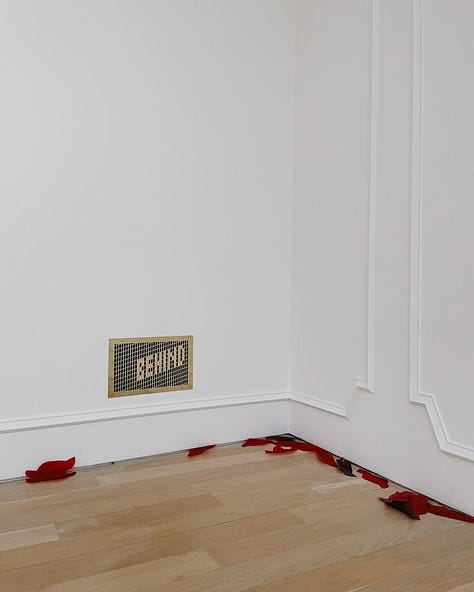
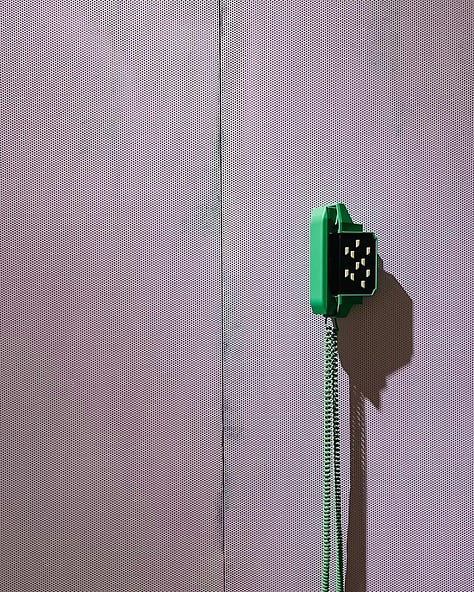

Being surrounded by artists also means I often get asked the inevitable question: “And you? Are you an artist?”
Defining what it means to be an artist isn't easy. It encompasses so much, yet I have never seen myself reflected in that word. Especially when looking at the first definition, the Cambridge Dictionary provides:
artist
noun [C]
/ˈɑː.tɪst/
someone who paints, draws, or makes sculptures.
It also adds two more definitions, offering more nuance to the term:
Someone who performs music.
Someone who creates things with great skill and imagination.
The American Dictionary shares the same first definition and also includes:
An artist is also an actor, musician, dancer, or other performer.
These still feel quite limiting. Being an artist is so much more than that. It leaves out anyone working with other mediums or less conventional forms of artistry. You can be a chef and an artist in how you turn fresh ingredients into a delicious dish. A barista and an artist in how you pour the perfect cup of coffee. An actor and an artist in how you lose yourself in a role. A graphic designer and an artist in how you shape a brand’s visual identity. A writer and an artist in the way you craft sentences that draw people in.
I know all this, and yet, I admit that the traditional definition often comes to mind when I think about artistry: someone creating a tangible work of art from scratch with their chosen medium.
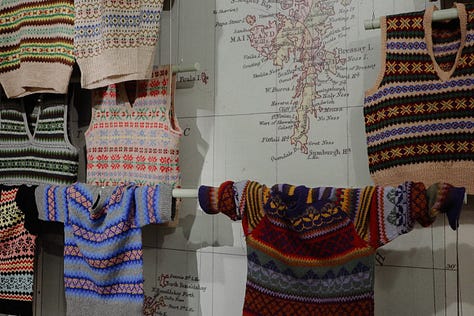

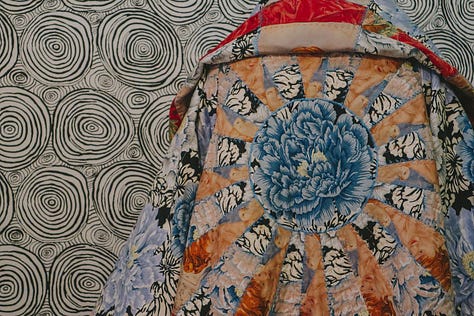
being a failed artist
Growing up, both my parents worked full-time. This meant that during school breaks, I would often attend camps, whether for a week during spring break or a full month during summer. My parents would drop me off at 8 in the morning and pick me up at 6, much like a regular school day. This arrangement allowed them to continue working. It was certainly a cost for them, but with our family scattered across the country, it felt like the best option at the time. There were all sorts of camps—swimming, horse riding, hockey, tennis, karate, roller skating, football, and art. While I tried most activities, I quickly realised that sports didn’t really excite me. They can be fun, but I’m not the competitive or team-leader type, which is probably why I gravitated toward swimming and gymnastics as after-school activities. Art camp, on the other hand, was definitely my vibe. The idea of spending my days covered in paint, building trinkets from clay, or creating keychains with shrinking paper was pure joy. I clearly remember learning to use tracing paper to recreate Georges Seurat’s The Circus (1890–91), then trying out pointillism when I was probably six or seven. After that, I’d always go back to those camps whenever I could.
Secondary school came next, and I quickly understood that art wasn't something encouraged to pursue because it wouldn't lead to a profitable job. Each country has a different education system, and I'm not going to go through it here. But essentially, the secondary school I went to in Belgium offered general and technical courses. In the general course, alongside maths, science, French, etc., you could also pick an "option"—like a minor, if you will. During the first year, you were directly enrolled in art and Latin. In the second year, you had to pick your option. Latin was fun, and I was good at it, but where would it lead me? Art, as mentioned, wasn't profitable, but I could pursue it in my own time. So, during the next three years, I chose socio-economics. Why? Because my older sister did it, I didn’t know what else to choose, and it sounded interesting enough.
In my fifth year, I had to choose between social and economic sciences. I could also return to art, since the last two years of secondary school were dedicated to audiovisual art. You didn’t need prior experience in drawing or painting, so I went with that. We learned about sound, photography, and videography—and I absolutely loved it.
Eventually came the dreaded task of choosing what to pursue after secondary school. Picking a career path at 17 is ridiculous, especially when you're an eternally indecisive person who can easily struggle between two options. So when it came to uni, choosing a major and all that jazz, I turned to friends and family for guidance. I ended up going for a communication degree—it felt like a safer, more traditional route, yes, but also something that made a certain kind of sense. I loved writing and music, and thought it might be worth exploring (spoiler alert: I’m not a music journalist).
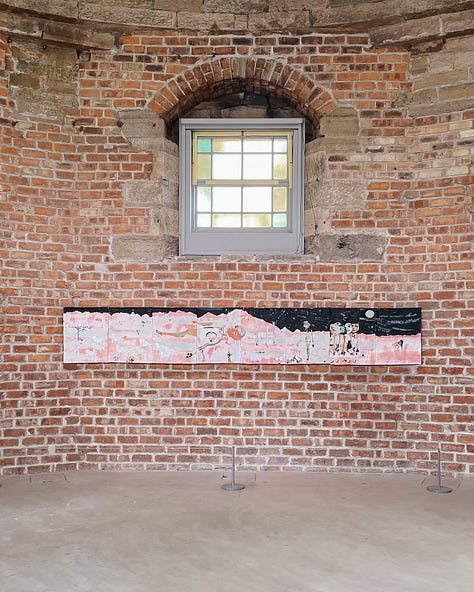

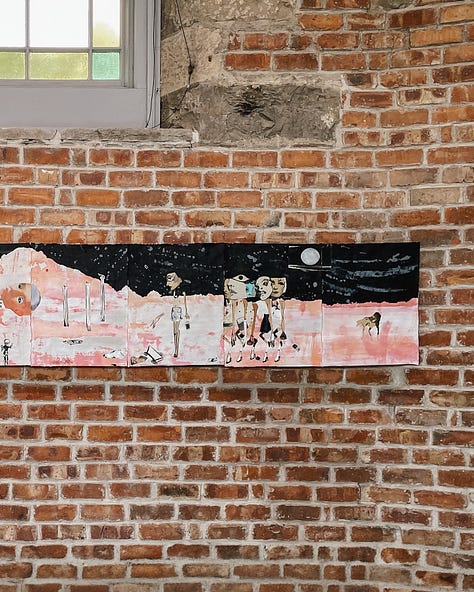
being an artist vs being a creative
Working in an art gallery, I often feel like an impostor. I like art, it’s where I draw most of my inspiration, but do I practise it? Not in a traditional way. When someone asks me if I’m an artist, it doesn’t feel right. Despite my many endeavours in photography, videography, and writing, I’ve never considered myself an artist because I’m not crafting something tangible with my hands.
Even as I type this, my inner voice jumps in with: “But you do use your hands—to take photos, to edit, to write…” Still, I never took any of those seriously enough to consider making a career out of them, so calling myself an artist—something that often implies a profession—just doesn’t feel right. I feel more comfortable with the idea of being called a creative. It feels safer. Less serious. More open.
Let’s return to the good old Cambridge Dictionary to see what it says about the word “creative”:
creative
noun [C]
/kriˈeɪ.tɪv/
a person whose job is to suggest new ideas or design, draw, or write things.
If we think of “job” in a broader sense—not just work or profession—that definition feels much more like me. Something I can relate to. There are many ways to be creative, and that aligns more closely with my personality. I don’t limit myself to one thing. I haven’t mastered a single craft. I dabble in a little bit of everything. Being creative isn’t limited to Art (with a capital A). I can be creative in everyday life—when selecting an outfit, creating a trip itinerary, cooking up something from whatever’s in the fridge, rearranging furniture… the list never really ends.
Everyone has a different idea of what an artist or creative should be—or shouldn’t be. But if you feel like an artist, you have the right to call yourself one. Whether you’ve completed a degree or are self-taught, whether you have a daily practice or not, whether you have physical pieces to show for it or not, and no matter what you produce.

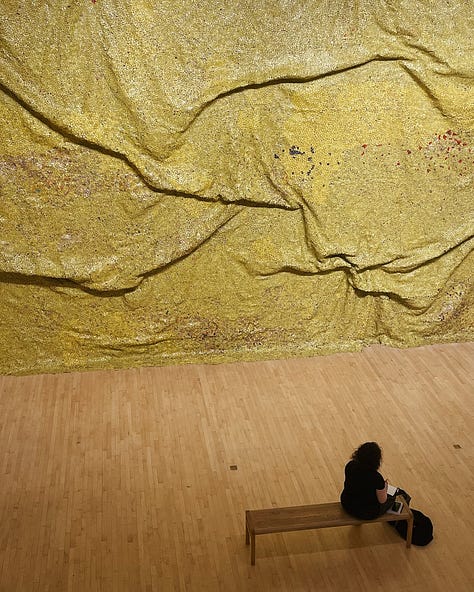
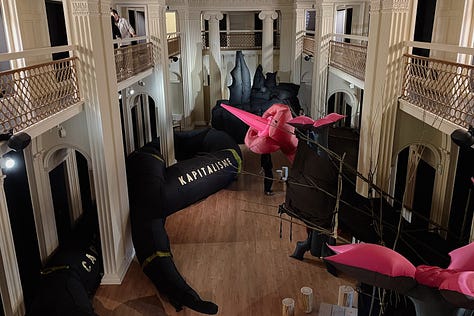
For me, creative is the word that feels most natural. But at the end of the day, it’s just a word, one with many meanings—not just the ones listed in a dictionary. The same goes for artist.
Now, when someone asks if I’m an artist, instead of stumbling over my words or downplaying what I do, I try to be more confident in my answer. I’m not an artist, I’m a creative. I’m not denying myself or my identity. I’m just trying to own it a bit more. And honestly? That feels really empowering.
I’ve been reflecting on the fact that—even though I work in an art gallery—I’m not an artist, and I’ve finally made peace with that. It’s so easy to slip into impostor syndrome. It gets exhausting after a while, doesn’t it? In the end, having a genuine appreciation for art feels like the most important part.



favourite galleries in Edinburgh
In the article, I’ve sprinkled in some photos of my favourite art galleries in Edinburgh. Below is a directory of the ones I’ve visited so far. So if you ever find yourself in the city, you’ll know exactly where to go. Whether you’re after a dose of inspiration or just need a dry escape when the Scottish weather surprises you (despite the promised sunshine), this list has you covered.
Fruitmarket Gallery — A vibrant contemporary art space with a welcoming café and well-curated bookshop.
Talbot Rice Gallery — University-run gallery showcasing thought-provoking exhibitions that often blend art, science, and society.
Collective — A contemporary art centre perched atop Calton Hill, offering cutting-edge exhibitions and panoramic city views.
City Art Centre — Hosts a rotating programme of exhibitions focused on Scottish art, photography, and design.
Edinburgh Printmakers — A creative hub and workshop space featuring contemporary prints and actively supporting emerging artists.
Summerhall — An eclectic arts venue in a former veterinary school, hosting everything from exhibitions to experimental theatre.
Dovecot Studios — A working tapestry studio with beautifully curated textile-based exhibitions and an emphasis on craft.
Stills — A centre dedicated to photography, offering exhibitions, workshops, and access to darkrooms and creative facilities.
National Galleries of Scotland are spread across three venues:
National – Classic and historic artworks from Scotland and beyond
Portrait – A celebration of influential figures, past and present
Modern – Bold, contemporary works set in a leafy sculpture park
Royal Scottish Academy — A showcase for contemporary Scottish art and architecture, often spotlighting emerging talent.
Tell me—what’s your favourite art gallery? Whether it’s local or one you stumbled across while travelling, I’d love to add new spots to my bucket list.
Until next time,
Amandine
—
☕ if you'd like to support my writing, you can do so here—thank you! xx
Thank you for reading! If you’re not a subscriber yet, please consider signing up or sharing a stroll of thoughts with someone who might also enjoy my writing ♡





i totally related reading this – i work with an art gallery as part of the team shaping the programme and also more recently in hospitality. i often end up in meet-ups or even artist crits (i didn't even know what that was when i started) where people share about their practices and i always feel like an imposter! i've not studied the arts but at the same time i cook, write, photograph, collect things, make things and i am engaged with film and literature. such a funny space but it's only the perceived systems that are really causing discomfort and we truly don't need to be defined by a singular practice or title as creatives <3
I loved this article and it really resonated with me. I've never thought of myself as a creative, but I love the idea because I don't feel comfortable calling myself an artist for the same reason as you - for a long time I was quite frustrated by it because I had dreams of being good with my hands, drawing or something, but let's face it: I'm not. This is such an invigorating read, reminding us that what matters is the love of art and what the hell we do with it. Thank you, Amandine.